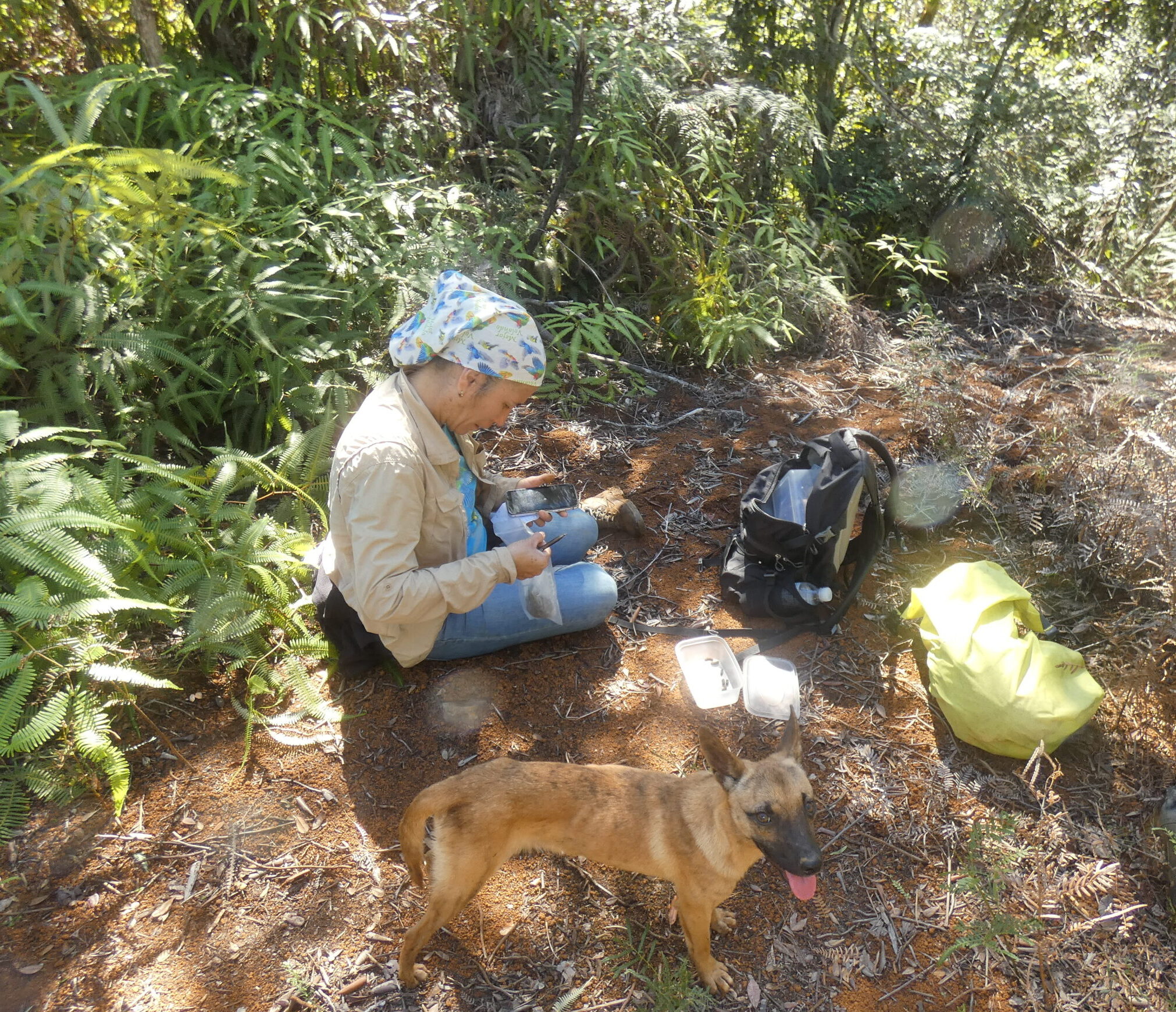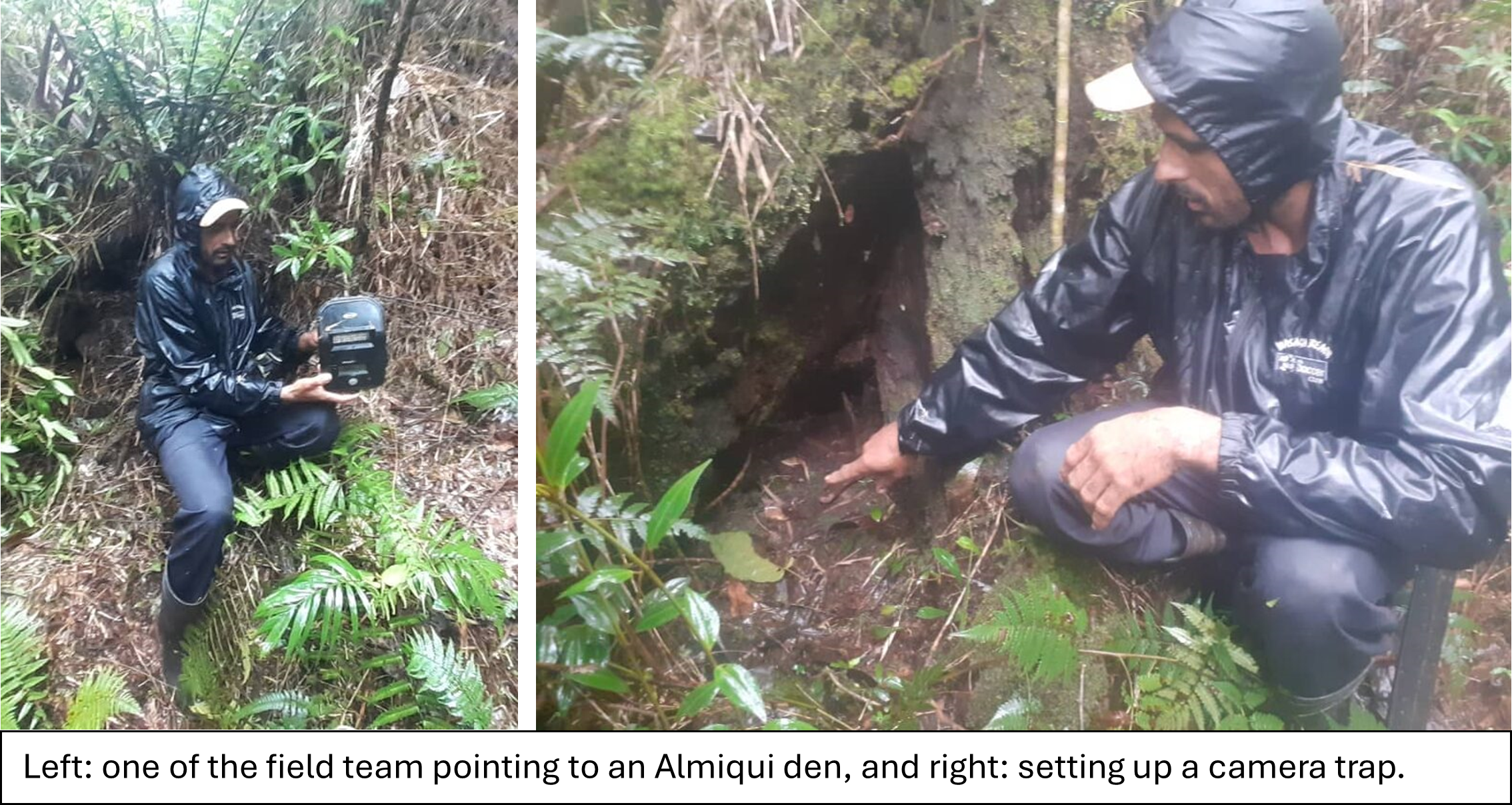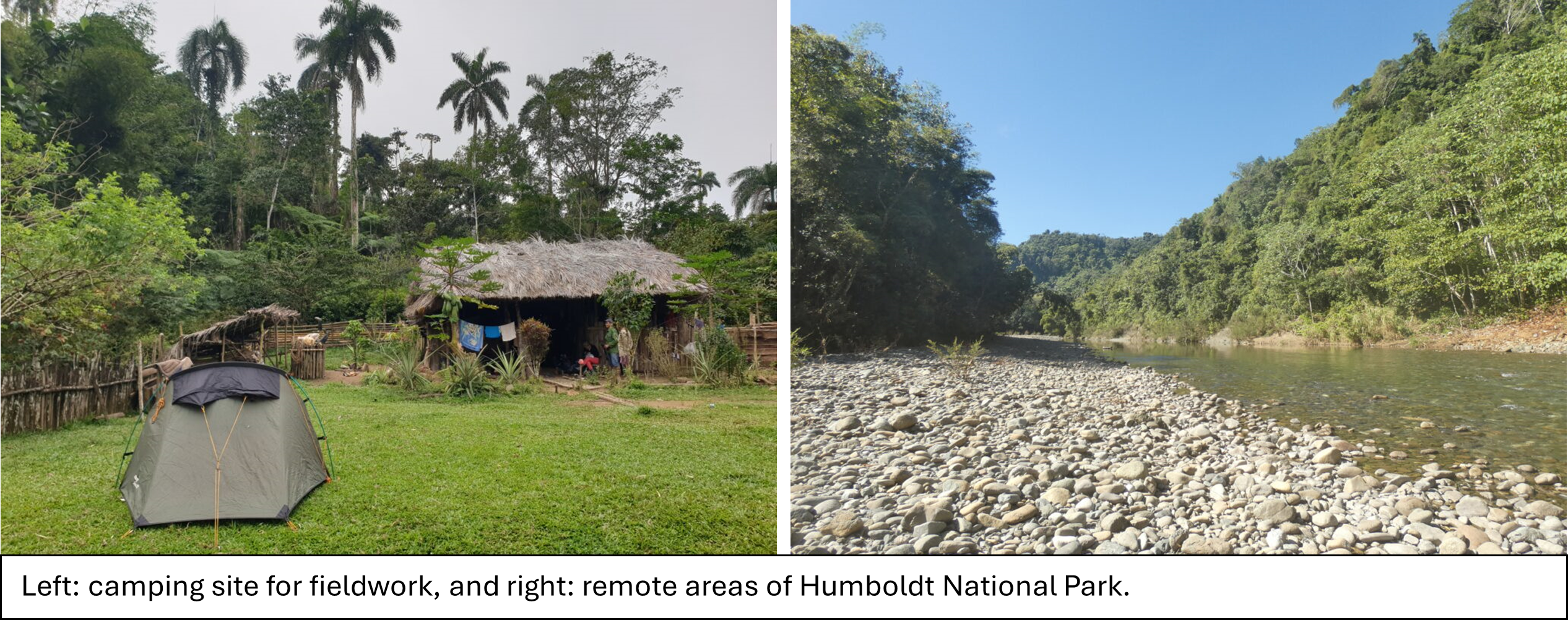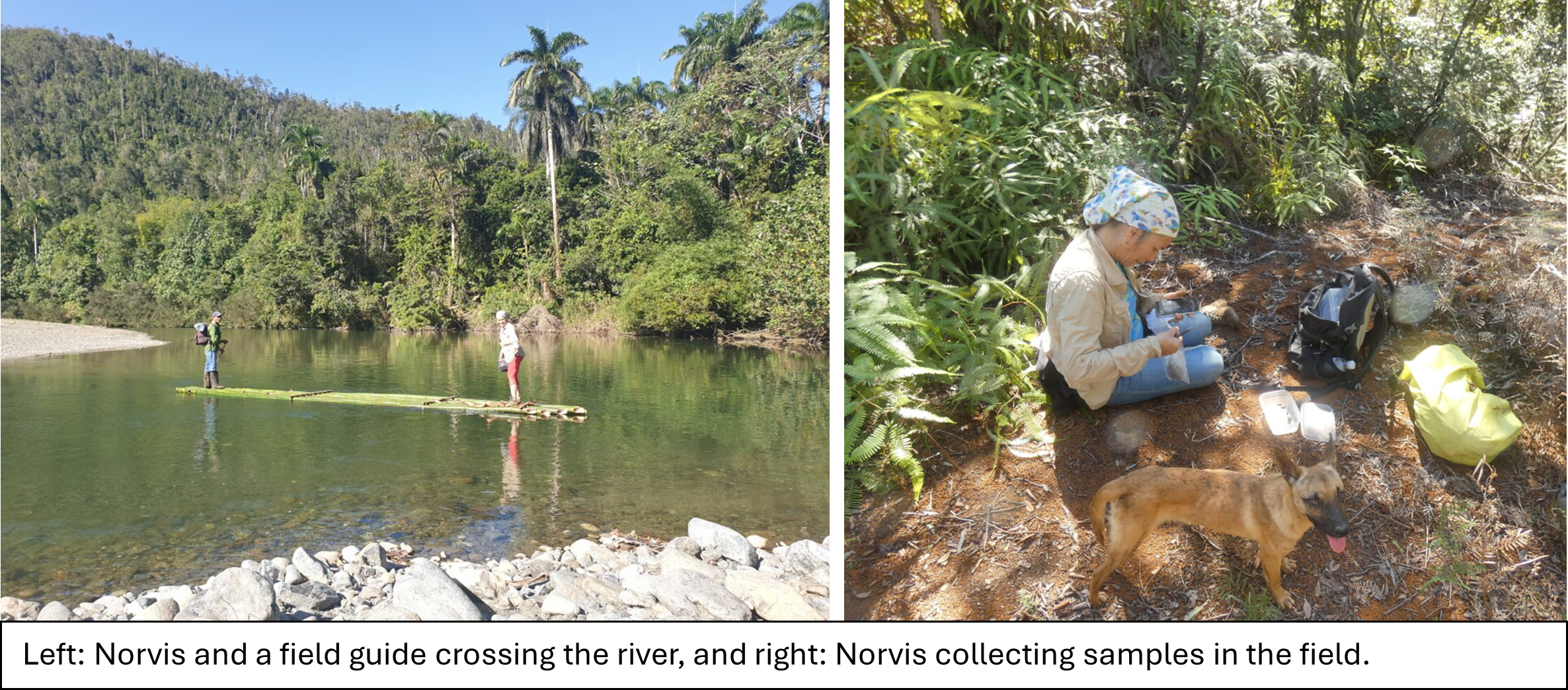
We are thrilled to announce a new fund that is available specifically for small mammals – namely rodents, hedgehogs, shrews, moles and solenodons! The Fonseca Species Conservation Fund is now accepting proposals for amphibians, freshwater fish, primates, small mammals, and tortoises and freshwater turtles of the African continent and the Indian Ocean.
Re:wild and the Global Environment Facility (GEF) has announced the launch of the Fonseca Species Conservation Fund for early career conservationists from GEF-recipient countries working to conserve amphibians, freshwater fish, primates, small mammals, and tortoises and freshwater turtles in GEF-recipient countries.
The first request for proposals is now live for species of the African continent and the Indian Ocean. Submission deadline: 19 July 2024. Requests for proposals will open for the Asia-Pacific later in 2024, and the Americas in early 2025.
About the fund
The Fonseca Species Conservation Fund (FSCF) was established in 2024 by the GEF and Re:wild to honor the passion of the late Gustavo Fonseca, long-standing GEF Director of Programs, for species conservation and building capacity of the next generation of conservationists.
The FSCF is a component of the Fonseca Leadership Program providing grants to field projects that promote species conservation and that are led by early career conservationists from GEF-recipient countries. The Fund permits grants of up to $25,000 for conservation efforts in GEF-recipient countries that are directed at species groups in urgent need of intervention and conservation action.
The FSCF draws on the expertise of the IUCN Species Survival Commission Specialist Group and taxon-specific conservation groups to ensure all funding goes to priority projects, mobilises the expertise of existing review boards, and is part of a wider network of support – both funding and technical – for grantees.
The small mammal Africa priorities will be species-focused projects that feature small mammals high up on ZSL’s EDGE list:

We are also interested in proposals for work that cover multiple species in our small mammal Key Regions:
• Tanzania
• Albertine Rift
• Cameroonian Highlands
• Ethiopia
For full details of the fund, including how to apply, go to the website.
General questions about the fund should be directed to the focal point on the Request for Proposals. However, for small mammal specific questions please email us on IUCN.SSC.SMSG@gmail.com.
Image credits: Durrell Wildlife Conservation Trust (Malagasy Giant Jumping Rat), Field Museum of Natural History (Ethiopian Water Rat), Umarella Voyage Safaris (Tsavo East National Park).












Recent Comments